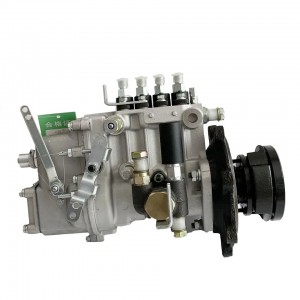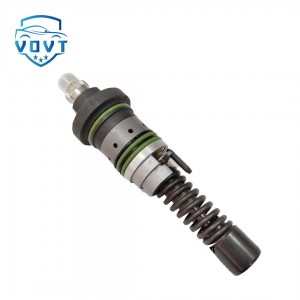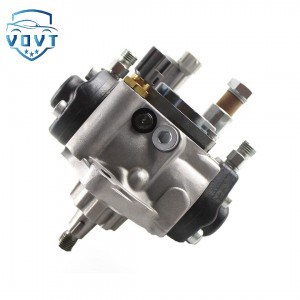Diesel Fuel Injection Pump BH4Q85R8 Engine Auto Engine Part
products description
| Reference Code | BH4Q85R8 |
| MOQ | 1 PCS |
| Certification | ISO9001 |
| Place of Origin | China |
| Packaging | Neutral packing |
| Quality Control | 100% tested before shipment |
| Lead time | 7~15 working days |
| Payment | T/T, Western Union, Money Gram, Paypal, Alipay, Wechat |
Working principle of high pressure common rail oil pump
Fuel pressurization: The low-pressure fuel pump first draws the fuel from the fuel tank, performs preliminary pressurization, and then sends it to the high-pressure fuel pump. Driven by the engine camshaft and other components, the high-pressure fuel pump further pressurizes the fuel to a very high pressure through the reciprocating motion of the plunger and other components, generally up to hundreds to thousands of bars. For example, in some diesel engines, the high-pressure common rail pump can increase the fuel pressure to 160MPa or even higher.
Pressure accumulation and pressure stabilization: The pressurized high-pressure fuel is sent to the common rail pipe. The common rail pipe has a large volume, like an accumulator, which can accumulate high-pressure fuel. At the same time, it can also eliminate pressure fluctuations in the fuel, keep the fuel pressure stable, and provide guarantee for subsequent precise injection.
Precise control: The ECU is the "brain" of the entire system. It will receive signals from the engine speed sensor, load sensor, intake volume sensor, etc. in real time to obtain the working status information of the engine. Then, the ECU analyzes and calculates according to the preset control strategy to determine the parameters such as the injection amount and injection timing required under the current working conditions. Next, the ECU sends a control signal to the pressure regulating valve on the high-pressure common rail pump or the solenoid valve of the injector to accurately control the fuel pressure and injection process.
Fuel injection: When the ECU issues an injection command, the solenoid valve on the injector opens quickly, and the high-pressure fuel passes through the high-pressure oil pipe from the common rail pipe and is sprayed into the combustion chamber of the engine at a very high speed. The amount of fuel injection depends on the fuel pressure in the common rail and the length of time the solenoid valve is open. The longer the solenoid valve is open, the greater the amount of fuel injection. After the injection process is completed, the solenoid valve closes and waits for the next injection command. This cycle repeats to achieve accurate fuel supply under different engine operating conditions.























